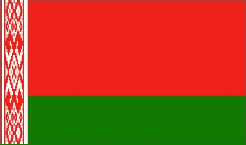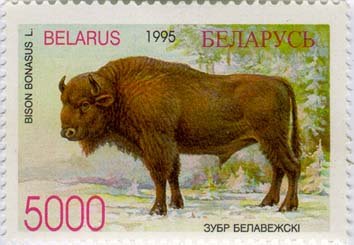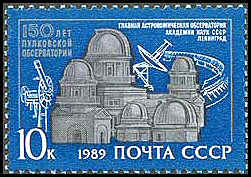World Heritage Sites in Belarus (original) (raw)


Belovezhskaya Pushcha/Bialowieza Forest
(52.72-52.80 N 23.80-23.93 E) --satellite image Joint site with Poland
The Mir Castle Complex
(53.45 N 26.47 E) --satellite image
The building of the castle was completed by Duke Ilinich in early 16th century near the village Mir. Around 1568 the Mir Castle passed into the hands of Duke Radziwil, who finished building the Castle in the Renaissance architecture style.
Complex of the Radziwill Family at Nesvizh
(53.223 N 26.691 E) --satellite image
The Radziwill dynasty, who built and kept the ensemble from the 16th century till 1939, gave birth to some of the most important personalities in European history and culture. Due to their efforts, the town of Nesvizh came to exercise great influence in the sciences, arts, crafts and architecture.

Struve Geodetic Arc
(70.670 N 23.663 E) --satellite image
Joint listing: Belarus, Estonia, Finland, Latvia, Lithuania, Norway, Republic of Moldova, Russian Federation, Sweden, Ukraine
The Struve Arc is a chain of survey triangulations running through ten countries and over 2,820km (1752 miles) from Hammerfest in Norway to the Black Sea. The survey was carried out between 1816 and 1855 by the astronomer Friedrich Georg Wilhelm Struve, and represented the first accurate measuring of a long segment of a meridian. 34 of the original 265 station points are included in the listing.
- Biography of Friedrich Georg Wilhelm von Struve
- History of Surveying and Measurement
- Unesco justification for inscription
- Wikipedia
- Section from our 2012 Midnight Sun Travel Log
- Geocaching log
- Postage stamps //Pulkovo Observatory, founded by Struve //more postage
Back to the World Heritage List
Last Updated: October 18, 2019